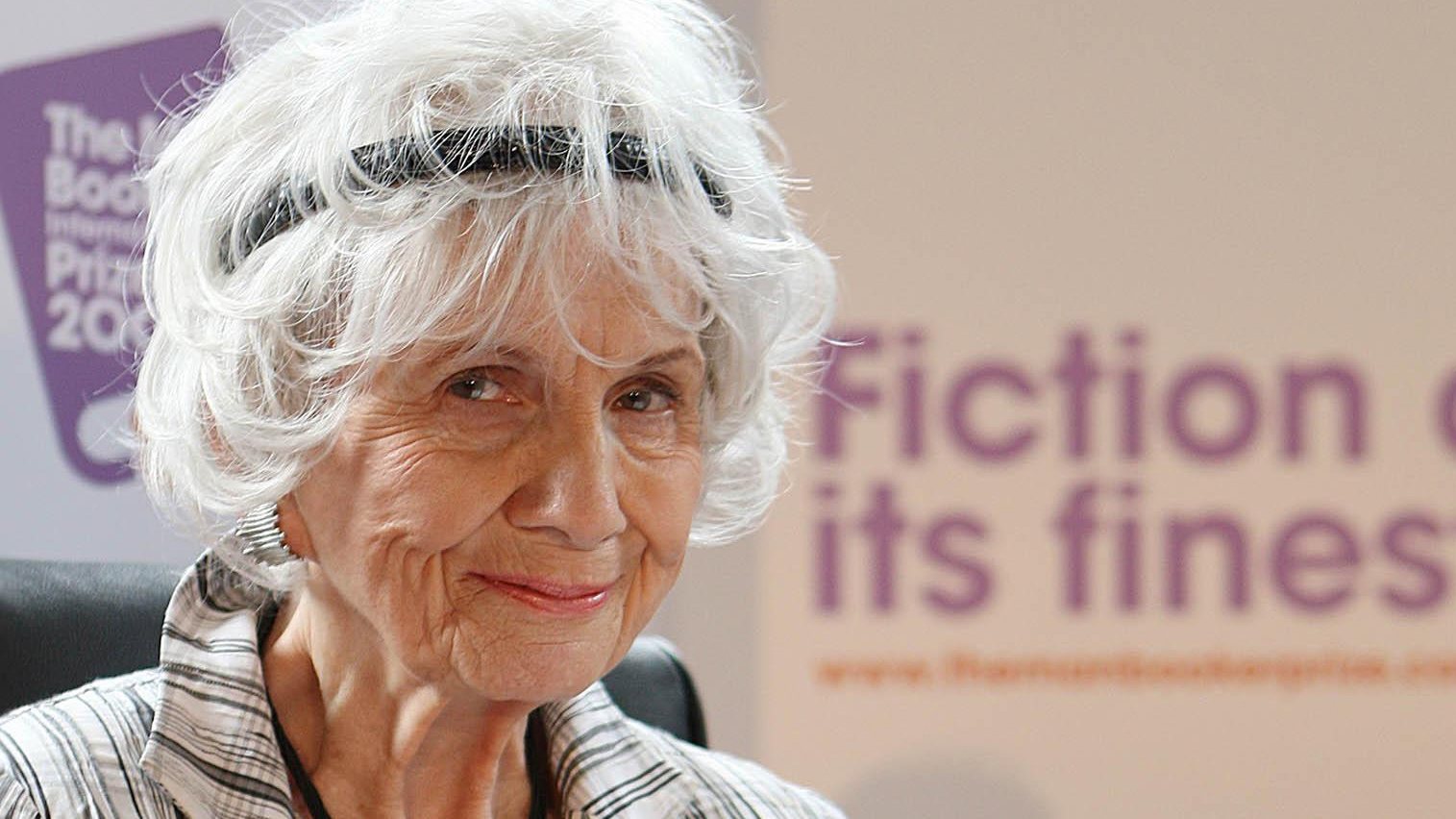Born on July 10, 1931 in Wingham, in the province of Ontario, Canada, Alice Munro would become known for writing short stories. In fact, it was this writing that earned him, in addition to the Nobel Prize, the PEN Prize for Excellence in 1997, the Man Booker International Prize (2009), three awards from the Governor General of Canada and two O. Henry short story awards.
Considered a master of the genre, even by the Swedish Academy, the author studied Journalism and English at the University of Western Ontario, interrupting her studies when she got married in 1951. Many years passed until the first publication: in 1968, she published Dance of happy shadows. It was the beginning of an impressive work, which already laid solid foundations for what was to come. And what emerged was a solid, perennial and influential work. Counting the books, we have fourteen volumes of original stories and eight compilations of other scattered ones.
Canadian writer Alice Munro, winner of the Nobel Prize in Literature in 2013, has died. She was 92 years old.
Alice Munro’s production begins with actions in small towns, through which the author scrutinizes and dissects the relationships between the inhabitants, often focusing on intergenerational conflicts and the socially imposed morality that imposes behaviors. In fact, it is shock that creates the core of each story, always starting from an apparent fatuous will that shapes everyday life.
When reading Munro, the reader encounters real life. It is not necessary to invent a conflict that puts a nation at risk. Rather, it is the flow of life itself, because there are people within, that creates literature; He creates, simply through movement, the existential questions that universalized the author.
Munro’s prose is efficient and clean, weaving together short sentences that leave the reader suspended, in a rhythm that is addictive. For the reader, what remains is pure tension, which marks the density. This is how the author received the Nobel Prize without undertaking a novel. It was not necessary. It was enough for her – and it is no small feat – to be the “master of the contemporary story,” to use the expression of the Swedish Academy, which highlighted what matters: stories that focus on “the fragility of the human condition.” “fine-tuned narrative” and “psychological realism.”
Life going on as usual and the ability to capture it resulted in the first Nobel Prize in Literature coming to Canada. This idea of everyday life, in Munro’s work, is not only important but says it all. There the author sees everyday life and scrutinizes it, exposing it, to reveal the heart of life to those who read it. Throughout decades of writing, it was not necessary to invent Sandokan or travel around the world in eighty days to capture the interest of readers.
The core – literature – was in everyday life, in everyday life, and that was what elevated the author: having taken people who were not looking for greatness or redemption in art and being able to show the beauty that exists in this banality, in this The slowness of existence that exists in everyday life, that does not make newspapers, that does not change the world – but which is, it is worth saying, the world as it is, whose essence appears purified by dry prose.
Thus, the story always results almost in a formula: everything is concise, everything goes to the bone, everything guarantees impact as an effect. It’s just that, by starting from what seems like almost nothing, the author highlights this thing about existing and being a person: on the one hand, people adapt to themselves; On the other hand, they remain more than the sum of their circumstances. Often, twists enable the plot, as the characters’ habits hit a detour. This is where the author rises, showing the human being in the face of the condition, breaking dogmas, creating uncertainties, inventing inconsistencies. Everyday life appears like everything that exists: instead of a goal in the Champions League final, there is the pain of separation, the hope or fear of the beginning, the nostalgia linked to loss, the consolation of a return Everything is tension and beauty in the same movement.
Often compared to Chekhov, the author did what few others do: she won readers around the world without becoming involved in the novel. Behind him remains her incisive work, that which goes to the depths of the characters and exposes them tirelessly to those who read it. In Portugal, it should be added, her work is published by Relógio d’Água.
Source: Observadora
